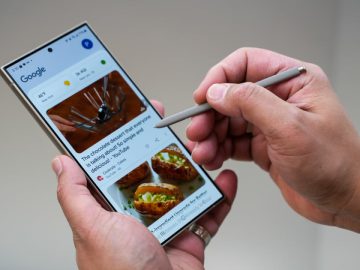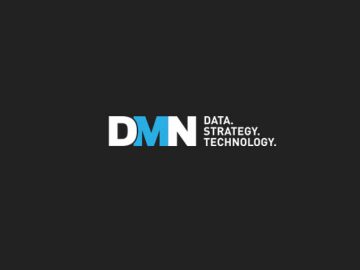Machine learning in performance advertising can transform how QSRs grow their mobile app user base to connect and monetize their customers.
Mobile apps are becoming the centerpiece of the QSR experience. For consumers increasingly looking for convenience, apps provide a direct path to the food they want and a mechanism for ultimate control. For QSR brands, their mobile app programs provide innovative strategies to drive sales and customer engagement.
However, having a mobile app is not an automatic ticket to reaching and retaining loyal customers. That requires a marketing engine that expands beyond their typical approach. Machine learning (ML) in performance advertising can transform how QSRs grow their mobile app user base to connect and monetize their customers.
Beyond traditional Advertising: The role of machine learning
Traditionally, QSRs have relied on organic marketing methods, including in-store promotions and social media campaigns. However, these methods alone cannot achieve the broad reach and engagement necessary for successful app adoption. This is where ML in performance advertising comes into play.
ML is revolutionizing how brands approach this challenge by providing insights and optimization capabilities that go beyond what was previously possible. Advanced ML technologies leverage algorithms to analyze vast amounts of data to identify patterns and trends at scale, allowing QSRs to target audiences with unprecedented precision and provide a personalized experience – and70% of consumers said that experience is a difference-maker when it comes to selecting a brand and making a purchase, according to the CMO Council.
ML can uncover high-value customer segments that may not fit traditional demographic profiles but are highly likely to engage with the brand. This expanded targeting capability opens new opportunities for reaching potential customers who were previously overlooked. In taking a cohort-based approach based on prior demographic data, a QSR campaign for Wendy’s is likely to hit the gamer audience, which has been widely associated with this type of restaurant. This approach is based on a pre-existing bias that will miss incremental new users outside of this already-known cohort of users. However, ML can enable incremental access to new audiences, like a well-timed ad for a new salad in a workout and wellness app. By targeting these potential new users with tailored offers, QSRs can acquire high-value mobile app customers.
The Power of ML for optimization
ML can enhance the efficiency of digital advertising through advanced bidding strategies that adjust bids in real-time based on the likelihood of achieving desired outcomes, such as in-app purchases. This dynamic approach allows QSRs to allocate their advertising budgets more effectively. ML algorithms continuously analyze performance data to adjust bids for high-potential impressions, ensuring that advertising spending is directed toward the most promising opportunities. This results in more efficient use of resources and improved campaign performance based on predictions at scale.
ML can be used to create a full-funnel campaign including CTV, user acquisition and re-engagement efforts that enable QSR marketers to gain new users and drive them toward a result that can be more granular than installs and tied to tangible business outcomes, such as cost for first sign-ups, cost for in-store pickup and cost for first delivery. Traditional CTV campaigns often focus on spend, reach and viewability, which benefits brand awareness but falls short in driving mobile app conversion events like installs, sign-ups and purchases, which are crucial for QSR brands to monetize through their mobile app. Re-engagement strategies that include deferred deep links with enticing rewards or loyalty incentives, such as buy one get one free, can re-engage and retain customers, ensuring sustained app engagement and increased conversion rates in alignment with business goals.
Leveraging video content for greater impact
Video content can effectively engage Gen Z and other audiences on mobile web and in-app. Unlike traditional banner ads, video interstitials capture the entire screen, compelling users to engage fully with the content. This aligns seamlessly with how Gen Z interacts with media on platforms like TikTok, Snapchat, and Instagram Reels, where short-form video content is prevalent. Given the alignment with typical consumption habits, video ads can increase relevance and impact.
Incorporating video into mobile advertising strategies is another area where ML provides significant advantages. ML can optimize video content by analyzing user interactions and engagement patterns to determine the most effective formats, messaging, and targeting strategies. For instance, ML can help identify which types of video content resonate best with different users, allowing QSRs to create compelling advertisements that drive higher engagement rates. This targeted approach ensures that video ads are not only seen but also resonate with viewers, enhancing their effectiveness.
Conclusion
It’s time for QSR marketers to embrace new advertising strategies. With an ML-led approach, QSRs can benefit from increased loyalty and sales by forging more meaningful and impactful connections with customers. In a competitive market, these advancements offer a significant edge and open up new avenues for growth and success.





